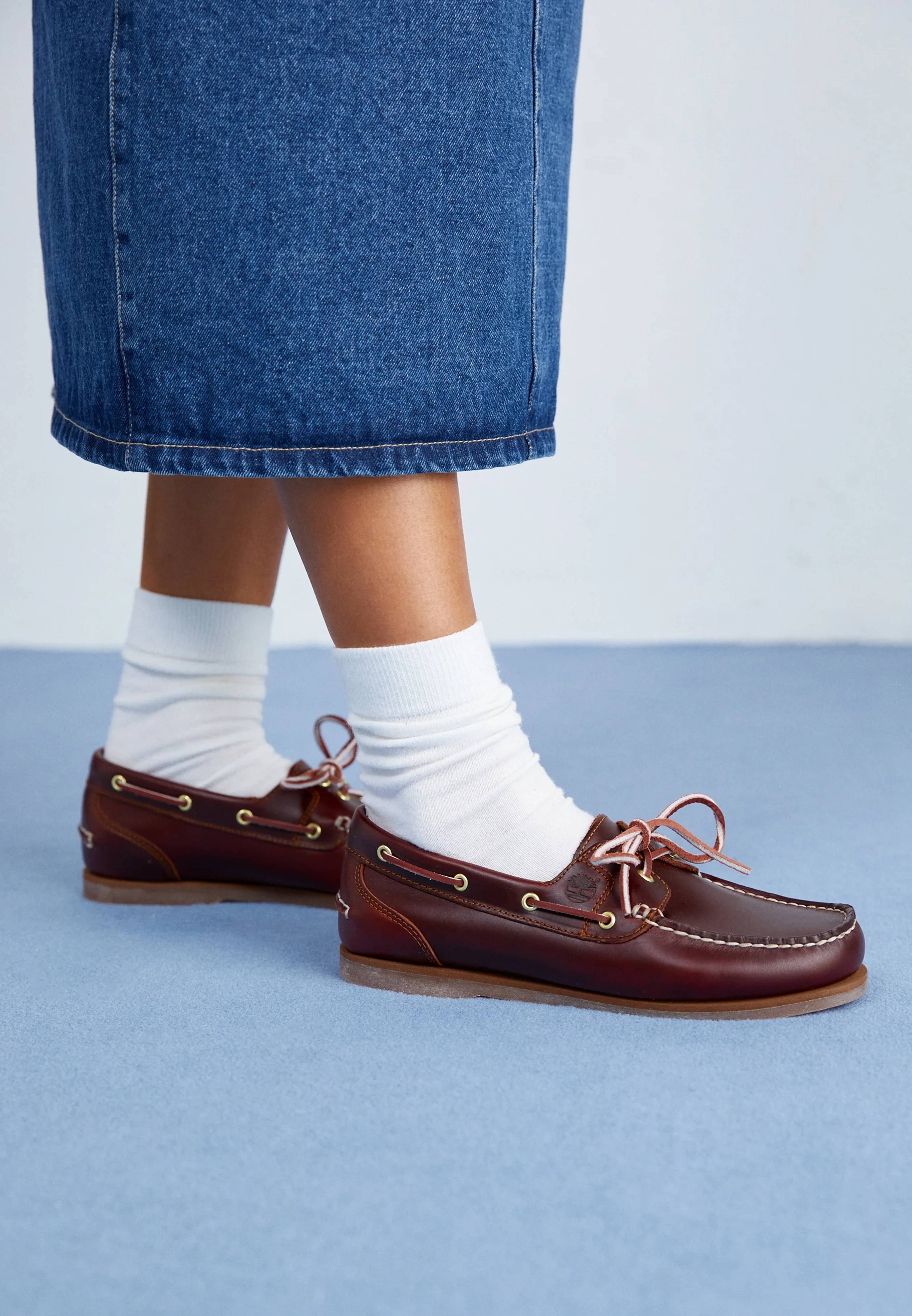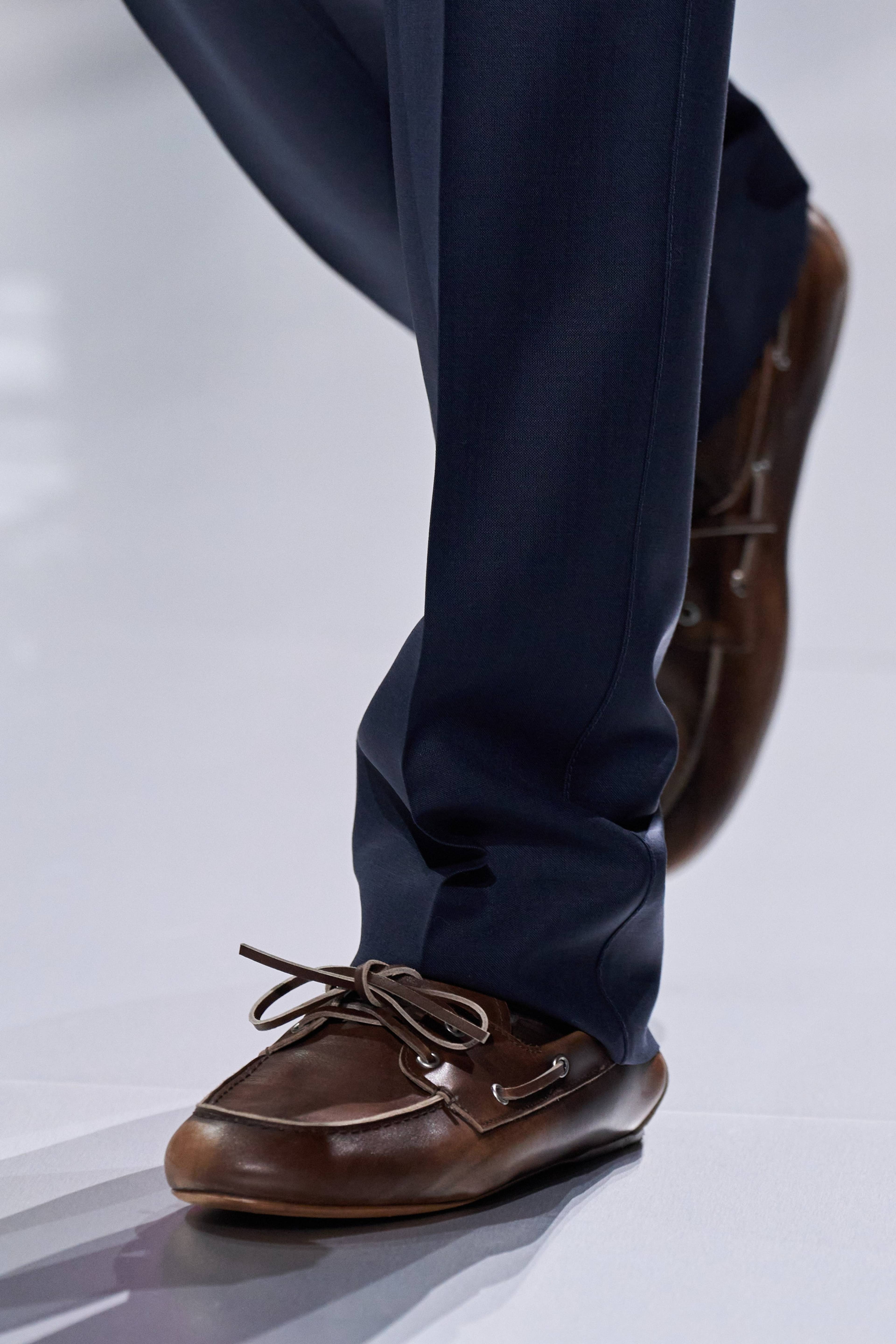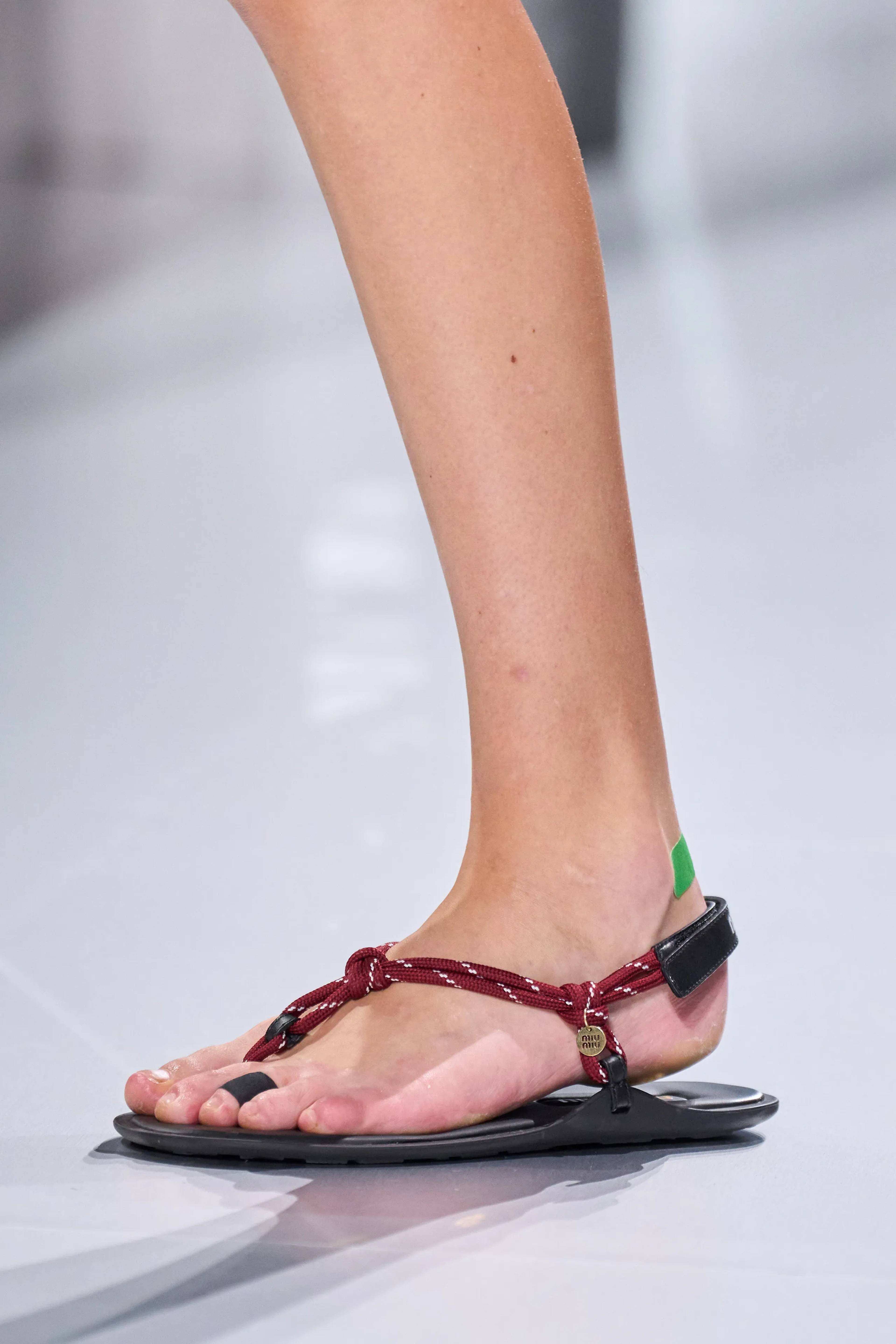I’ll never forget an unpleasant middle-aged family friend who mocked my teenage T-shirt that stated, in large, squared-off letters, POUR LES BOYS, a cut-price market-stall dupe for Comme des Garçons – though the font also hinted at Katharine Hamnett’s CHOOSE LIFE shirts. He had no idea that I wasn’t trying to make a sexual statement – though, if I had, what kind of fortysomething guy gets their kicks making fun of a thirteen-year-old girl? – I was trying to make a fashion statement.
Of course I couldn’t afford the real thing, hardly had a clue what it was. And I didn’t care that my T-shirt wasn’t authentic. I was chasing a vibe.
What are we looking for in authenticity? Walter Benjamin, in his 1935 The Work of Art in the Age of Mechanical Reproduction, the ground zero of twentieth-century aesthetic theory, wrote that an authentic aesthetic object has an “aura” that is impossible to reproduce. Bad news, he wrote, as twentieth-century art looked like it was going to be all about reproduction: film, photography, industrial multiples. It’s the same in fashion. As Benjamin’s century wore on, the aura we chased in fashion wasn’t one of complete individuality – something you can now only get in London’s Savile Row, or via your nan’s handknit – but an individuality that looks the same as everyone else’s, an individuality with a stamp of acceptance, or “authentification.”
Faking is a modern condition. Just as the idea of authenticity provokes the notion of the fake, fakes have triggered an authentication industry. First seen on luxury designer resale sites like The RealReal and Vestiaire Collective, it’s now available on Vinted. It’s an industry that itself provokes anxiety around fakeness: were those Margiela Tabis I bought really real? Authentication is itself not always genuine. In 2019 Forbes reported that authenticators at The RealReal were, contrary to the impression given by the website, variably trained, and many were also employed to write the sales copy for items, a situation that not only invites but guarantees divided loyalties. Despite the efforts of the site, fakes got through, and the writer of the article was duped by an imitation Dior bag.
Authentic versus fake Rolex
Fake Lacoste logo patches, Musée de la Contrefaçon, Paris. Courtesy: Musée de la Contrefaçon
Designer bags are some of the most popular items on resale sites. Unlike clothes, they will fit anyone, anywhere, and there are no worries about whether they’ll suit your body, your culture or your lifestyle. When, like Hito Steyerl’s Duty Free Art (2019), the real thing is often never used, preserved in perfection to retain value, bags make up a significant proportion of “superfakes” – imitations of big-brand items that can be passed around like currency. Globalization has a role here, and so does the internet. Whether it’s “new” or “vintage,” there are so many steps between producer, seller, and consumer that it can be difficult to trace whether a product is “real.” Few online buyers will have the opportunity to visit a real Chanel store to check if their 2.55 is more of a 2.21 or a 2.93. Then there are “ghost shift” fakes, made at the same factories that produce the “authentic” items, out of hours, producing hauntological pieces that fit Jaques Derrida’s definition of “a shadow of ontology, the ghost of a metaphysics.” Haunted by a state of non-being, these items both are and are not originals.
Unlike other fakes, it’s impossible to tell whether a ghost shift product is fake as it is made from the same materials, by the same workers, using the same machines as the “authentic” item. Carrying a ghost shift bag has exactly the same social cachet as the “real thing” because it is the real thing. The only fakeness about it is that it’s not blessed by brand-authentification. When even the label is identical to the official version, what’s the difference? The intangibles of buying in a high-end store? The tissue wrapping and branded ribbons? All the things that disappear from the item as soon as it’s worn or used?
Some fakes have become more authentic than the originals: it can be more authentic to wear a fake than a genuine Rolex if you want to display a smart, ironic attitude to luxury fashion.
Now that no one believes what it says on your T-shirt, the dupe has superseded the fake. Dupe is a term, not for a fake, but a parallel product, an open homage, a substitute for those who can’t afford the designer original. As the price of luxury fashion has increased, designers have begun to dupe themselves. Diffusion was always already a self-duping concept. Now designers produce ever more diffuse diffusion ranges, not only within their own brands, but for high street stores, offering consumers an entry-level drug. Resale sites double up on the possibility of blurring – I’ve often found Lemaire and Uniqlo listed under Lemaire, and Nili Lotan for Target as Nili Lotan. The distance of the internet, combined with a few clever photos, can smudge the impression. Duplication is not duplicity. It’s not quite a fake, not quite.
It’s one thing to fake but another to imitate. In the 1970s and 80s, British Vogue even ran a regular column, called “More Dash than Cash,” that took apart designer looks and showed you high street and vintage equivalents of each item. But a label making clothes that are barely distinguishable from existing classics can make their look instantly accessible and this is something the smartest designers use to their advantage, prompting aspirational customers not to fake, but to dupe. Imitators who can’t afford the originals spread the vibe, boosting the intangibles the designer is selling, often its desired associations with what’s young and street. Hedi Slimane’s Celine and Prada’s Miu Miu in particular are great at this kind of reverse engineering, Slimane showing distressed denim and oversized tweed jackets with pie-crust-frill blouses that – before it went online for added reach – could have been sourced from your local vintage store.
Timberland Classic Boat 2 Eye shoes
Miu Miu SS 2024 Ready-to-Wear boat shoes
Miu Miu SS 2024 Ready-to-Wear rope sandals
Xero Shoes Genesis roap sandals
Miu Miu is successful precisely because we can dupe its creations. I confess, this year I bought second-hand Timberland boat shoes and Xero Shoes Genesis sandals (new) because they both resembled Miu Miu originals. But, wait, the Genesis and Timberlands were the originals. Both my Timberlands and Xeros (which, btw, are super-uncomfortable: I found I can’t tolerate a toe thong) pre-existed the Miu Miu versions. Miu Miu is itself doing, not imitation – because you can’t imitate a genre of garment, like the boat shoe or (for autumn 2024) the oversized fleece – but a version of the everyday with the all-important stamp of a name. When a luxury brand makes its version of a readily available item, it’s almost always a sellout as the attraction is in the intangible difference – or the sometimes not-so-intangible “ironic” visible label.
The word “dupe” is banned from a number of resale sites. While blatant fakes may get through due to the limitations of authentication (which, on many sites, is optional), honestly signaling to a buyer that an item will help you achieve a designer look will get your listing removed. For the vast majority of buyers who don’t get their designer items box-fresh from the store, the only “authentic” experience encompasses an acceptance that what you buy might be fake.
Jean Baudrillard, standing in Disneyland’s car park in 1981, should not have been surprised that customers took it for an experience of the “real,” but that they already understood that, in order to have a “real” experience there, they must willingly surrender to the fake.








